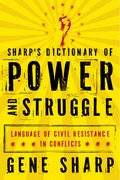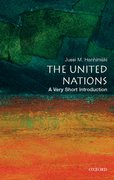The marriage of lobbying and charitable efforts
By Gayle Sulik
Telecom giant AT&T is currently proposing a $39 billion buyout of T-Mobile. The purchase, according to the Department of Justice (DOJ), would have negative implications for the telecommunications market, so much so that the DOJ filed a civil antitrust lawsuit on August 31st to block the proposed acquisition, stating that it would “substantially lessen competition…resulting in higher prices, poorer quality services, fewer choices and fewer innovative products.” AT&T vowed to “vigorously contest” the matter. In addition to hiring 99 lobbyists and spending $11.7 million













